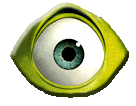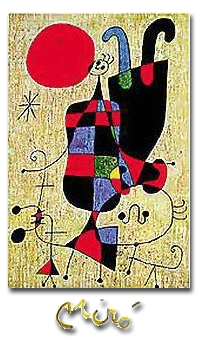|
shape of the object and the location of the light source. For example, in this painting of the Argentine Pampas, Molina Campos is using shadows to tell us about the morning habits of gauchos (Argentina's cowboys).
A shadow is the result of a relative lack of light coming to our retina from a region in our field of view. This absence of light is caused by an opaque object interposed between the source of light and a surface, defining a projection of the object's silhouette onto a surface in the scene. It is interesting to note that the things we see are the result of light being reflected onto a plane (i.e., our retina), which also defines a projection. This then means that when we see a shadow, we are in fact seeing a projection of a projection.
Recommended papers
|


